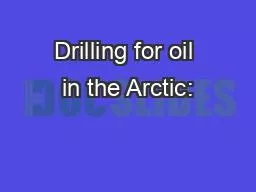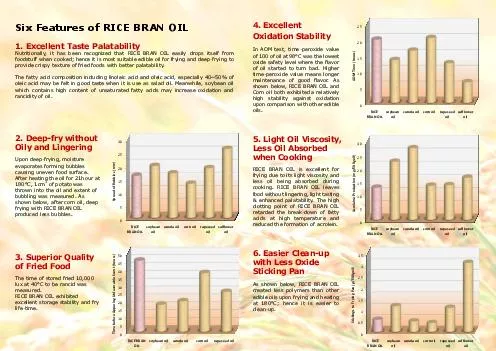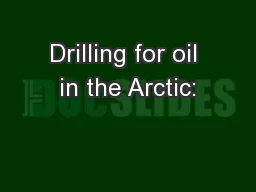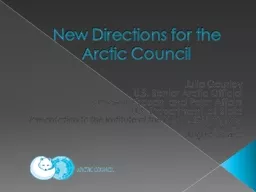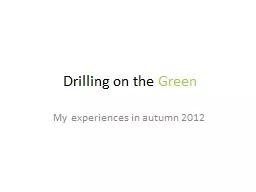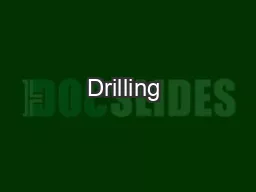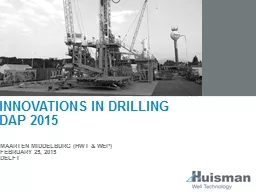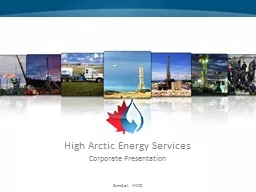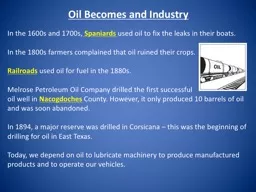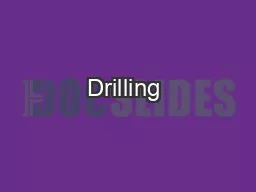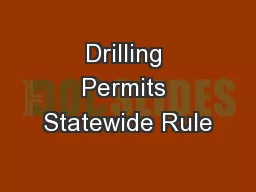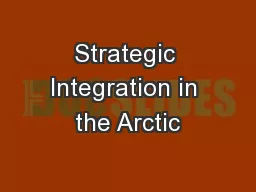PPT-Drilling for oil in the Arctic:
Author : neoiate | Published Date : 2020-06-23
risks and rewards Fran Ulmer Chair US Arctic Research Commission UNH Oil Spill Forum October 2014 Rapidly changing Arctic Less sea ice Warmer temperatures Thawing
Presentation Embed Code
Download Presentation
Download Presentation The PPT/PDF document "Drilling for oil in the Arctic:" is the property of its rightful owner. Permission is granted to download and print the materials on this website for personal, non-commercial use only, and to display it on your personal computer provided you do not modify the materials and that you retain all copyright notices contained in the materials. By downloading content from our website, you accept the terms of this agreement.
Drilling for oil in the Arctic:: Transcript
Download Rules Of Document
"Drilling for oil in the Arctic:"The content belongs to its owner. You may download and print it for personal use, without modification, and keep all copyright notices. By downloading, you agree to these terms.
Related Documents

